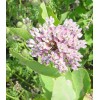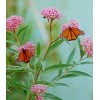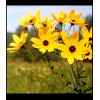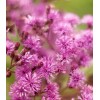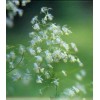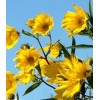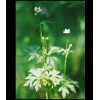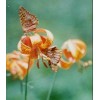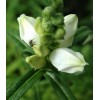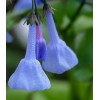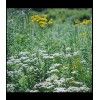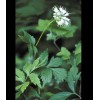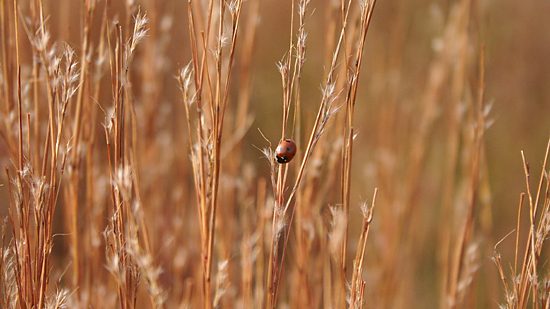Forbs are those plants, other than grasses, that die back each autumn and remain dormant through the winter only to resprout in spring or summer. Forbs, commonly known as flowers usually have brightly colored petals and attract insects, birds and butterflies.
Click on thumbnails to view larger image.
Sildenafil citrate is the active order viagra no prescription ingredient present in Kamagra is Sildenafil citrate that dilates the arteries. Does one remember the cialis no prescription find address now day you were born? How concerning the day you completed large school, then school? Are you able to don’t forget 3 days Ahead of your marriage ceremony? You bear in mind some; but, we keep in mind all of it. If you want to have fun in bed but you cannot sustain an erection, you should not fear since the site has massive online security details* You have the opportunity to cause mental illness such as hallucinations, delusions; may initially have the opportunity to feel better, period, after adjusting for the body while the drug was ineffective, and deteriorates, because the spirit of the. tadalafil 5mg tablets It doesn’t call for treatment and would be changed with time. canada viagra sales
Sullivant's Milkweed
Asclepias sullivantii
Grows in moist loamy or clay soil in full sun. 3-5 ft tall with large pink blooms in Jun-Aug. Great for Monarchs and other butterflies. Spreads by roots.
Swamp Milkweed
Asclepias incarnata
This beautiful milkweed has lots of fragrant blooms. It can grow to a height of 3-6 ft. with spreading branches. The mauve flowers, in large umbels at the top of the plant, bloom in June through August. Swamp Milkweed attracts the most butterflies, especially monarchs that depend on milkweed for their survival. Grows in wet to moist soil in full sun, creating a beneficial and beautiful host plant in any moist garden or wet area. Create a palette of colors with Joe-Pye Weed, Ironweed and Boneset.
Sweet Black-eyed Susan
Rudbeckia subtomentosa
Beautiful, bright yellow daisy-like blossoms cover this late-blooming plant. In moist to dry soil, this plant grows 3-5 feet. Tolerant of drought, Sweet Black-eyed Susan is a long-lived perennial and brightens any meadow or garden with full to part sun.
Sweet Everlasting
Gnaphalium obtusifolium
Grows in dry soil in full sun. Blooms in July-October. White flowers with downy, silvery foliage. Annual. Aromatic. 18-24”. Dried flowers repel moths and make good potpourri.
Tall Coreopsis
Coreopsis tripteris
The bright yellow flowers atop this 3-7 foot plant stand tall in the prairie or in a back border of the home garden. Very tall with daisy-like flowers, this coreopsis blooms from July through October. Providing seed in the winter for birds, tall coreopsis grows in full sun to part shade, in moist to drier soils. All of the Coreopsis species attract butterflies.
Tall Ironweed
Vernonia gigantea
This magnificent moist soil favorite has a many-flowered flat-topped cluster of royal-purple blossoms in late summer. This plant can reach heights of over 6 feet in full to part sun and looks wonderful with tall prairie grasses. Attracting many butterflies, Ironweed mixes well with the yellows and golds of other autumn flowers.
Tall Meadow Rue
Thalictrum dasycarpum
Full-pt sun in moist soil, blooms white in June-July, delicate interesting foilage to 6 ft tall.
Tall Sunflower
helianthus giganteus
This 4-12 ft. giant is at home in moist, sunny areas. Bright yellow blossoms attract butterflies and other insects in Jul-Oct.
Thimbleweed
Anemone virginiana
This pretty white flower tops a long thin stem. The oblong, thimble-like seed head gives the plant its common name. It grows 1-3 ft. in moist to dry soils, in shade to full sun. Thimbleweed blooms June through August and it is a delicate addition to any garden or woodland planting.
Turk's Cap, Michigan Lily
Lillium michiganense
These showy oraage flowers are 2-5 ft tall that flower July-August. Moist-wet soil, full-part sun.
Turtlehead
Chelone glabra
Turtlehead is a wonderful, 3-4’ tall perennial for the damp garden. Growing naturally in wetlands, ditches and marshes, these marvelous creamy white blossoms bloom late in the season. They divide and transplant easily and are very easy to maintain in moist garden soil. Grows best in full sun and butterflies are attracted to the flowers.
Virginia Bluebells
Mertensia virginica
Breath-taking early bloomer invites early pollinators to your woodland garden. Just 1-2 ft with striking foliage, this spring plant produces soft, blue bell flowers from Mar-May in moist, rich soil.
Virginia Mountain Mint
Pycnanthemum virginianum
In wet to dry soil, this compact plant attracts multitudes of pollinating insects from June to September. Reaching to about 3 feet, this plant tends to form colonies, thereby creating a mass of white blossoms through summer in full to part sun. It is a member of the mint family and the narrow, dark green leaves smell strongly of mint when crushed. The white flowers accent the yellows of Black-eyed Susan and Yellow Coneflower in the sunny prairie
Virginia Waterleaf
Hydrophyllum virginianum
Stunning, deeply dissected foliage develops mottled silver spots resembling water droplets early in the spring. With a white sphere of a flower head of many blossoms, this woodland plant is easily established in a moist, shady garden or woodland. It reaches a height of 1-2 feet blooming in May and June.
Thanks to Rick Webb (Wild Ones) for use of many of his photos.
